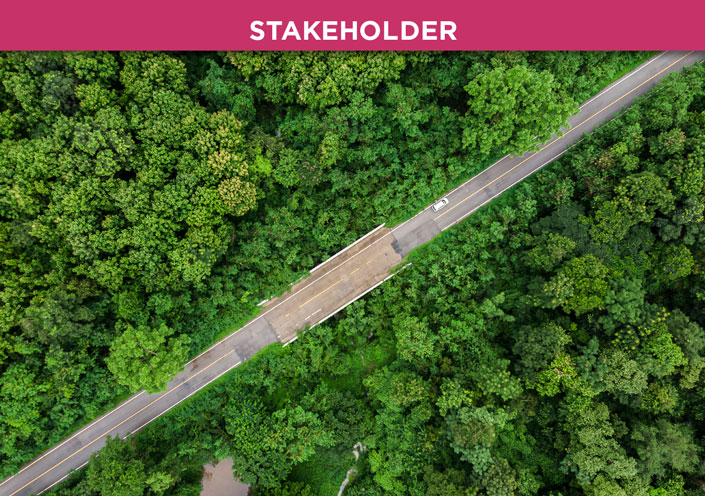ORIS: Three steps to cut the carbon footprint of linear transportation infrastructure

This post was originally published on this site

In this article, ORIS looks at practical strategies to significantly reduce the carbon footprint of linear transportation infrastructure, advancing global decarbonisation efforts
In a world making strides towards decarbonisation, minimising the carbon footprint of linear transportation infrastructure – such as roads and railways – stands as a primary objective towards low carbon mobility.
Although contributing to carbon footprint (c. 1% to 2% of global GHG emissions come from road construction according to our estimates), those linear infrastructure wield considerable influence over our economic and social landscape.
They are vital to connect people to facilities (healthcare, education, job market) and goods to market places.
At ORIS Materials Intelligence, we are committed to offering practical solutions to minimise this environmental impact, ensuring that every sector contributes to the global climate efforts.
Using the ORIS Materials Intelligence platform, decision makers can measure the impact of their initial infrastructure designs over their lifetime – from material productions and construction to end-of-life and including maintenance – before identifying reduction levers.
Going through a three steps approach, they will identify solutions to effectively curtail the carbon footprint of linear infrastructure:
Optimal design selection
Selecting the most environmentally conscious design serves as the cornerstone of carbon reduction efforts.
Harnessing advanced technologies like Artificial Intelligence and Machine Learning, our platform facilitates in-depth analysis of various design alternatives.
By simulating diverse scenarios, stakeholders can pinpoint designs that not only meet project criteria but also drastically minimise carbon footprint.
Embrace low-carbon materials
Selection of low-carbon construction materials plays a pivotal role in carbon footprint reduction.
Our platform evaluates locally available materials and recommends low-carbon alternatives, fostering sustainable choices from the outset.
By prioritising environmentally friendly materials, stakeholders can significantly mitigate the project’s overall environmental impact.
Process optimisation
Beyond design and material selection, optimising production, transportation, and logistics processes is paramount in carbon reduction strategies.
Our platform offers insights into process efficiencies, identifying areas for improvement and minimising unnecessary emissions throughout the project lifecycle.
Through ORIS Materials Intelligence, carbon reduction ranging from 15% to 50% has been achieved, showcasing the platform’s instrumental role in driving sustainable practices.
In conclusion, the journey towards decarbonisation in linear infrastructure begins with strategic decision-making.
By prioritising optimal design selection, embracing low-carbon materials, and optimising processes, stakeholders can navigate towards a greener, more sustainable future.
At ORIS Materials Intelligence, we remain steadfast in our commitment to empowering sustainable infrastructure development and shaping a brighter tomorrow.
Build in Digital Stakeholder ORIS is a construction materials platform for a smart use of resources and low impact infrastructure.
Image: Aedka Studio/Shutterstock
Read next: ORIS: How digitalisation is transforming the construction industry
Are you a building professional? Sign up for a FREE MEMBERSHIP to upload news stories, post job vacancies, and connect with colleagues on our secure social feed.





Responses